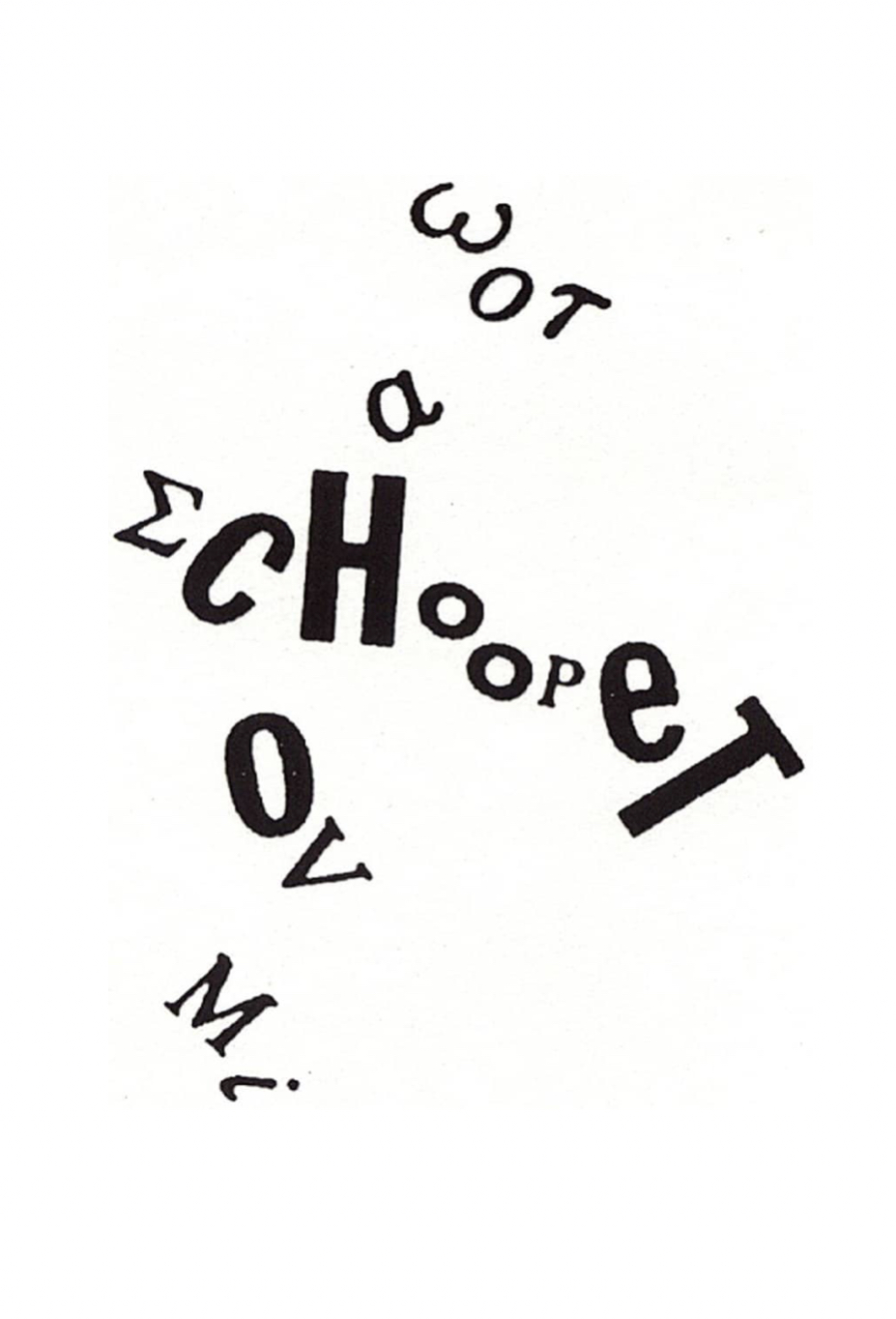MSL Summer School 2025
WORKSHOP
HOW TO THINK LIKE A POET: 1, 2, 3 [AT CAPACITY]

Image credit: π.o. and Kalliope X
Lecturer: π.o.
Thursdays 6–8pm, 16 January – 30 January 2025, Multipurpose Room 2, Kathleen Syme Library, Carlton, Melbourne (in-person only, recordings uploaded each week)
THANKS TO ALL WHO HAVE ENROLLED; THIS WORKSHOP IS NOW AT CAPACITY.
Course description:
Week 1
HOW TO THINK LIKE A POET one
Growing up in Fitzroy: cafes / clubs / on the street – and the poetics that must of necessity accompany such experiences as working-class life. The poetics of “performance poetry” in its manifestation of oral-literates.
Week 2
HOW TO THINK LIKE A POET two
Exploration and poetics of “workers poetry” thru a detailed examination of the magazine “925”.
Week 3
HOW TO THINK LIKE A POET three
A detailed examination of the poetics and politics of numbers, through an exploration of visual poetry.
SEMINAR
‘The expression of everyone interested in making a new world’: Little Magazines in Australia

Image credit: Victoria Perin
Lecturer: Brendan Casey
Tuesdays 6–8pm, 14 January – 11 Feb 2025, Multipurpose Room 2, Kathleen Syme Library, Carlton, Melbourne (in-person only, recordings uploaded each week)
Since everyone loves a paradox, let me start off with this now-familiar one: the mainstream of American poetry, the part by which it has been & will be known, has long been in the margins, nurtured in the margins, carried forward, vibrant, in the margins.
So writes Jerome Rothenberg in A Secret Location on the Lower East Side: Adventures in Writing 1960-1980, an ‘almost talismanic’ compendium of small press poetry in New York. What is true of America is doubly so of Australia: our best poets have slipped the net of the national anthology, and to understand Australian literary history demands new approaches—browsing, surveying, sampling, grazing, rooting around—within a vibrant but hitherto understudied archive of little magazines and small press publications.
Leaving the official highways of canon for the hedgerows and by-roads of small press, classes will be hands-on in approach, inviting students to examine original archival documents. Behind what one poet calls the ‘Potemkin village of the mainstream’, we discover that little magazine editors acted not only as gatekeepers and tastemakers but also as community facilitators and aesthetic visionaries.
The loosely chronological structure of the course moves according to thematic, stylistic and social rhythms. In week one, we discuss recent methodologies in ‘periodical studies’ for ways to approach Australia’s complex and multivalent little magazine network(s). Week two uses Eric Bulson’s dictum—‘No little magazines, no modernism’—to examine modernist magazines, which were at once belated but also trailblazers in their approach. Week three describes how a counterculture of Australian poetry grew out of cheaper and more accessible printing technologies in the late-1960s. In week four, Ryan Higginson guest lectures, and we discuss the politics of little magazine publishing and the politics that little magazines allow poets to express.
Finally in week five, we end by examining experimental approaches to the little magazine format: Kris Hemensley’s Earth Ship series, which developed into a mail-art ‘active anthology’; Jas H. Duke’s anti-Guttenberg rejection of publishing and printing, which led him to produce each edition of Archduke—Special Atlantis issue by hand; and Javant Biarujia’s taboo jadoo, a ‘journal for multilinguistics amphigory interlinguistics écriture d’ombres langue close lettrisme zaum kubofuturizm jasyan [&] kachathatapagajadhadaba’, that is, a journal for the development and promulgation of private languages. We will also discuss how little magazines have fared in the age of the internet, examining the case studies of Jacket and Cordite Poetry Review.
